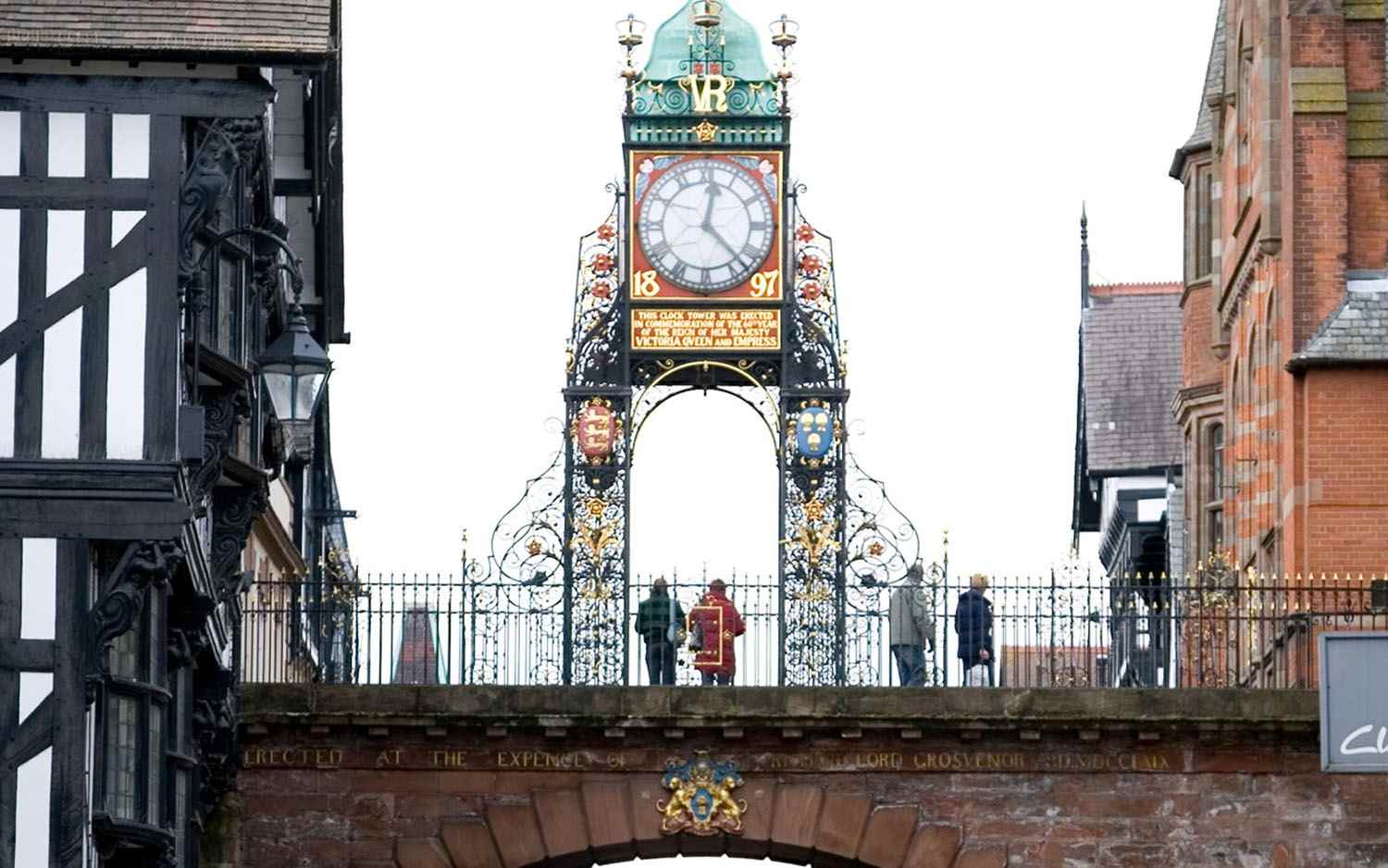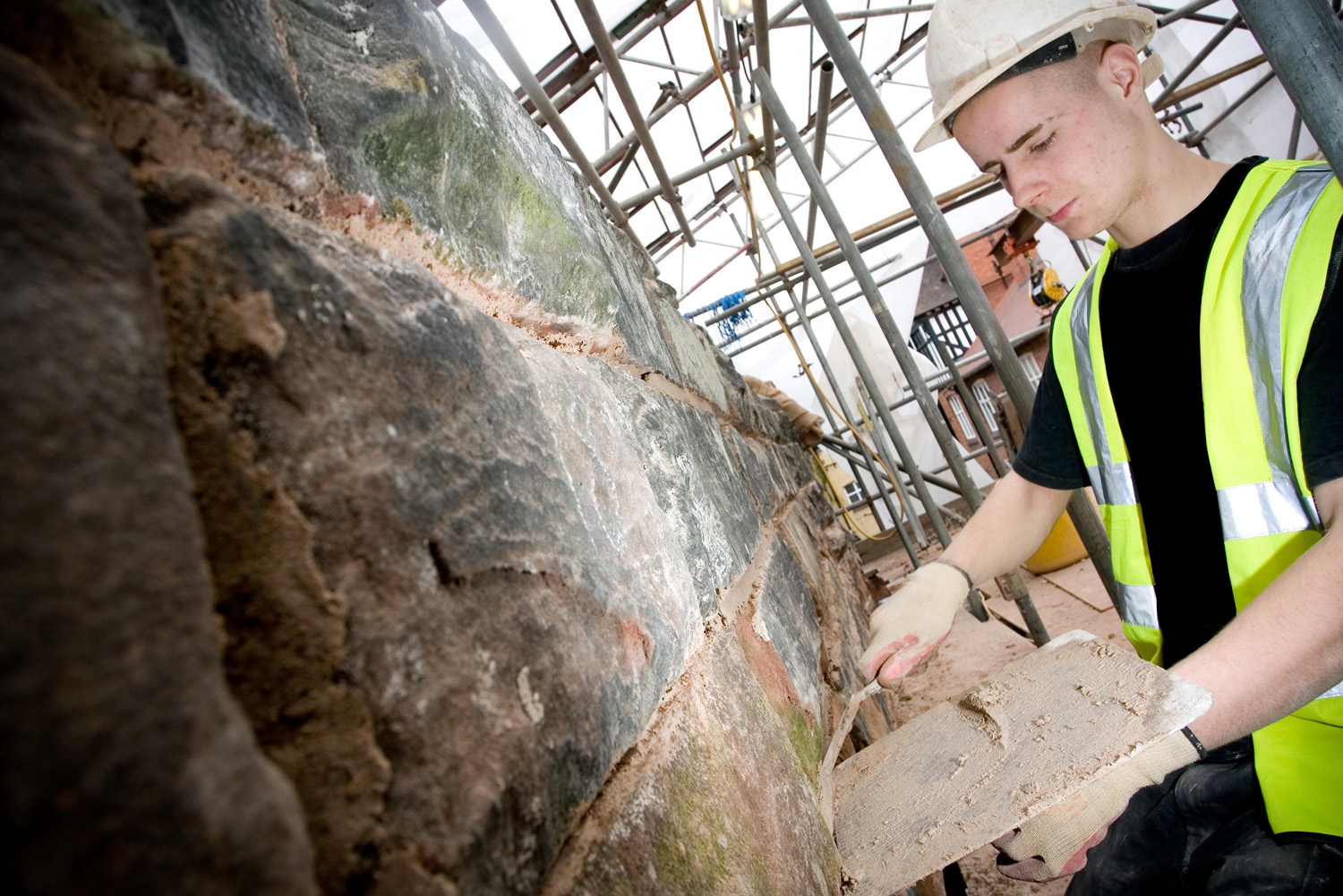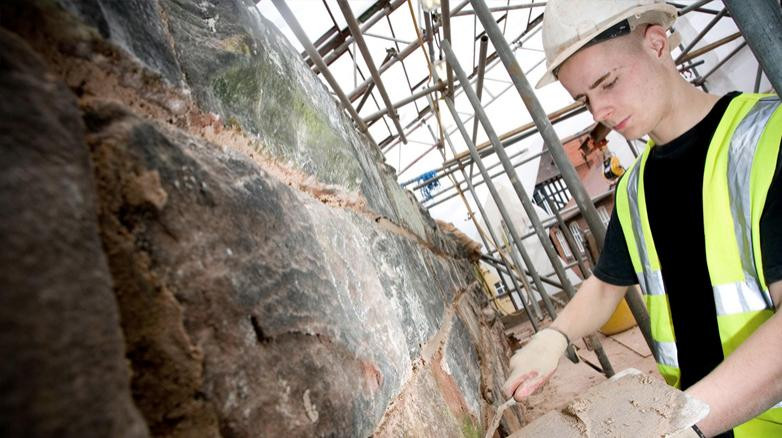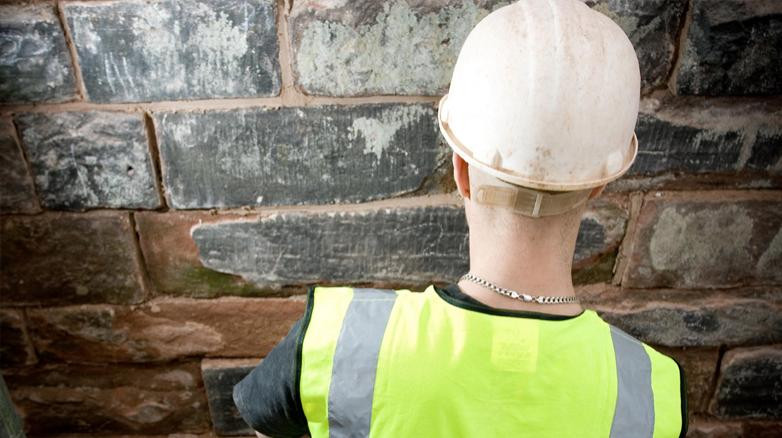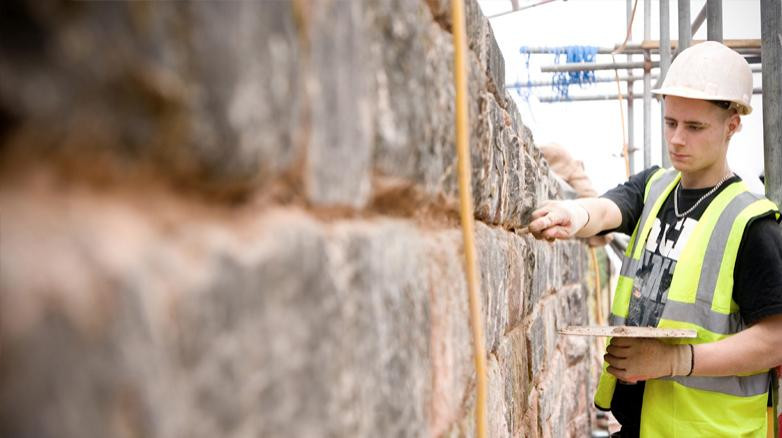On 3 April 2008 a 30-metre section of the Roman walls in Chester collapsed close to the Eastgate Clock. What followed was a fascinating mix of archaeology, investigative work and engineering.
For, while the task of rebuilding one of the nation’s architectural and historical treasures fell to the Maysand, the overall project proved to be a real team effort.
“Clearly it was a prestigious job but also one that required a mix of disciplines to ensure the site could be retained for future generations. That’s why throughout the process it was crucial to foster and maintain a good dialogue between our team on site and the archaeologists, engineers and English Heritage,” says Maysand Managing Director Bryn Lisle.
“When it comes to ancient monuments like this there is no blueprint or plan to follow — instead you have to provide a bespoke restoration solution and that means working together. We knew, for example, that the collapse had given the archaeologists a once in a lifetime opportunity to see inside the ancient walls.”
The stabilisation work included installing props and anchors to support the internal face of the wall. Maysand also used the ‘Cintec’ anchor system. This was installed entirely within the fabric of the structure, leaving no visible change to the outward appearance, a feature particularly liked by heritage authorities. Cintec has previously been used in restoration work at both Windsor Castle and Buckingham Palace.
“The nature of the project required specialist skills. We re-used as much of the original masonry as possible. Every stone we took down had to be individually numbered and catalogued. Each had to go back in its right place. We also had inspectors abseiling down many other parts of the wall to survey the extent of the damage.”
Bryn adds: “It’s incredible to think that the same stones we handled have been touched by Roman hands!”
Chester’s Roman walls are the most complete circuit of walls in Britain, forming a remarkable 2-mile periphery around the city — hence the name ‘The Walled City’. Though the walls originate from Roman times they have experienced a rich history since including, Saxon and medieval rebuilding and extensions, Civil War conflict and Georgian elegance.
In 2011 Maysand’s work on the project was honoured when we picked up the Heritage Award at the Centre for Construction Innovation’s (CCI) North West Construction awards.
